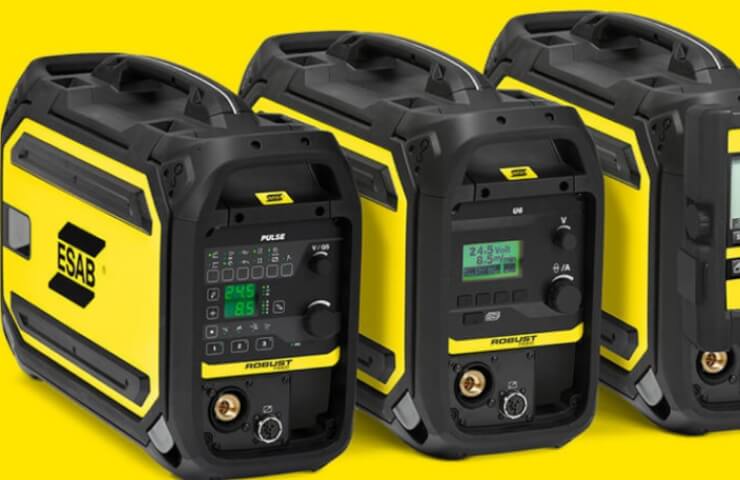The market offers a wide range of welding power sources, differing in design, performance, application and other parameters. In order to correctly select the optimal solution for his tasks, it is important for the welder to know the main features of the equipment. Specialists of the company "Industrial Technologies" will tell you about the main types of this equipment.
The main types of power sources for welding
Traditionally, they are divided into two large groups - transformer and inverter.
- Transformer devices are electromagnetic devices, the basis of which is the principle of electromagnetic induction . They are characterized by reliability, simplicity of design and low price. However, transformer sources, as a rule, are characterized by large dimensions and weight, as well as low efficiency. In addition, they are less energy efficient and have limited capabilities for current regulation.
- Inverters are built on the basis of modern electronic components. They are equipped with semiconductor switches that convert the input voltage of the industrial network into high-frequency alternating voltage. Then it is lowered using a transformer, straightened and stabilized. The main advantages of inverters are their compact size, light weight, high efficiency, and the ability to accurately regulate and stabilize the current. In addition, they are economical in terms of energy consumption.
There are also combined devices that combine the features of both transformer and inverter devices.
In addition, the devices differ according to the method of regulating the welding current:
- with a rigid external characteristic - the current is strictly fixed and does not change during the welding process.
- with a falling external characteristic - the current decreases with increasing arc voltage.
- With smooth current adjustment - allow you to smoothly change the current over a wide range.
The choice of a specific model depends on the tasks, the type and thickness of the materials being welded, the technologies used and other factors. Sources for manual arc welding and for automatic operation will be different.
Main technical characteristics
To select the right equipment, you need to pay attention to the following key technical parameters.
- Welding current (control range) - determines the performance and scope of the source. More powerful machines with a larger current range are used for welding thick metal workpieces, and low-power machines are used for thin sheets and semi-automatic welding.
- Open circuit voltage is the voltage that occurs between the electrode and the part being welded when the arc is not ignited. This parameter affects the stability and stability of the arc.
- On duration (DS, %) – the proportion of time during a 10-minute interval during which the device can operate at the rated current without overheating. The higher the duty cycle, the greater the opportunity for long-term continuous operation.
- Protection class - determines the degree of protection from dust, moisture and other external factors. For welding in difficult industrial conditions, sources with a high degree of housing protection are required.
- The presence of additional functions - the ability to adjust the arc length, change the mode, etc.
The right choice will ensure high quality welded joints with minimal expenditure of time and resources. In this case, it is important to take into account the characteristics of specific tasks and operating conditions.




